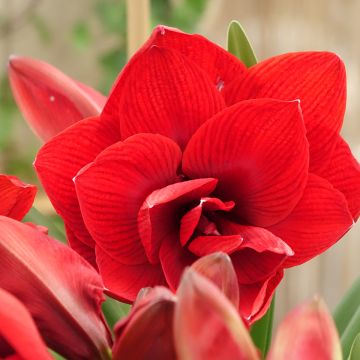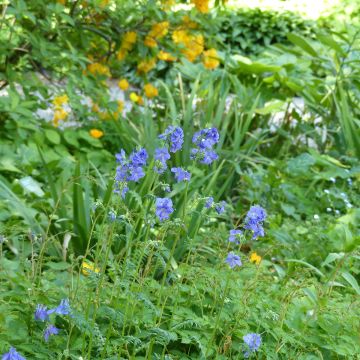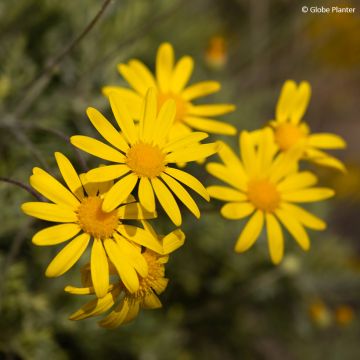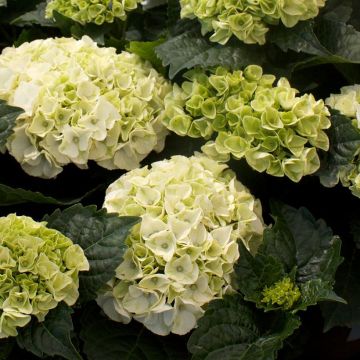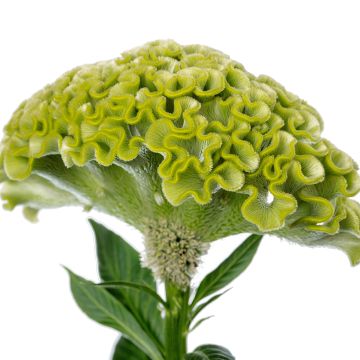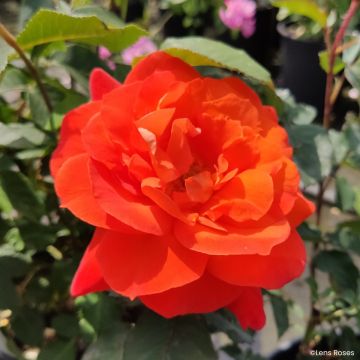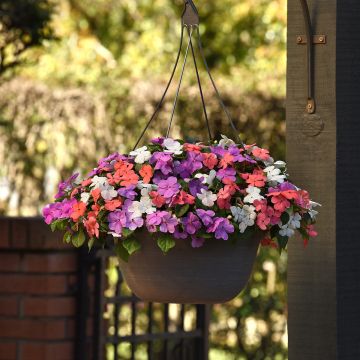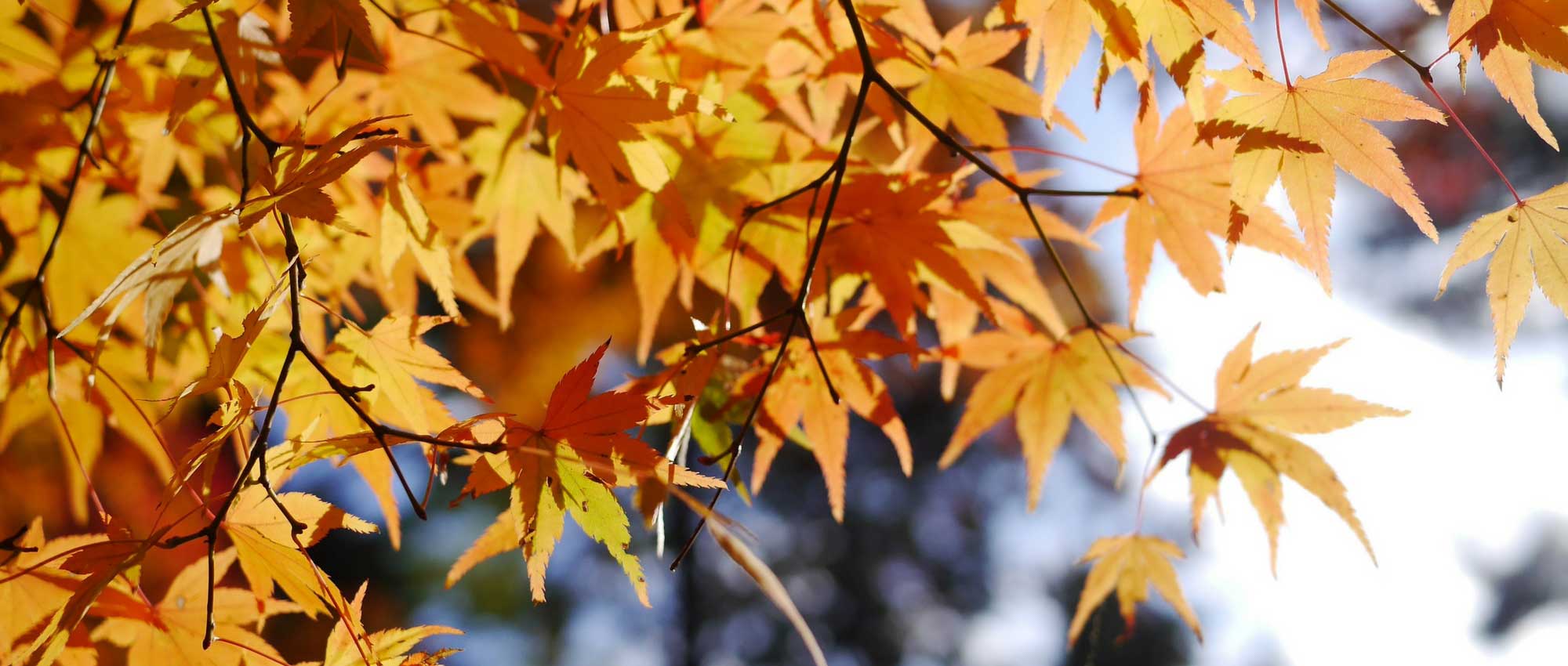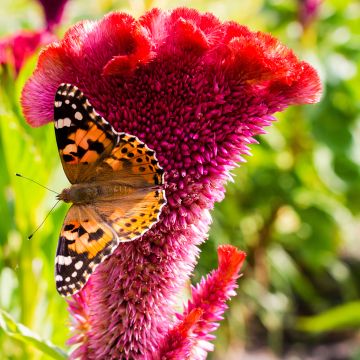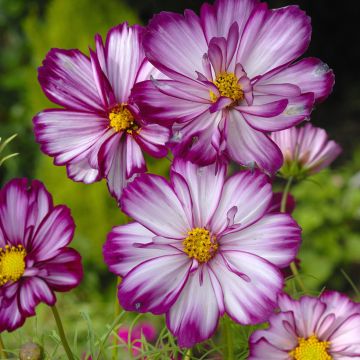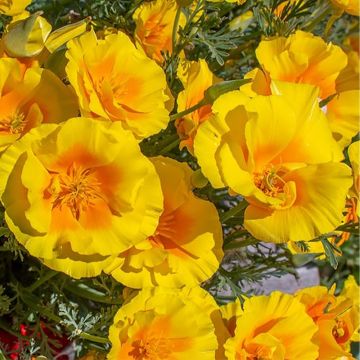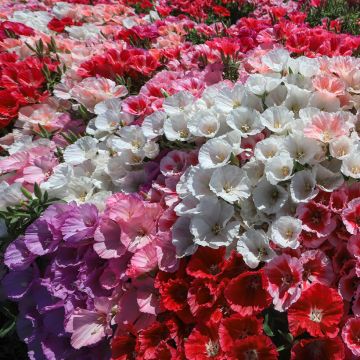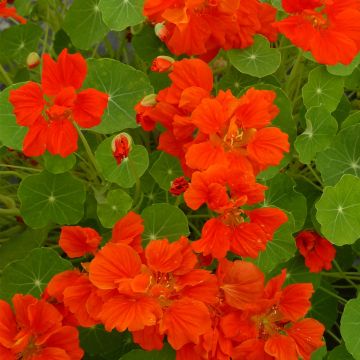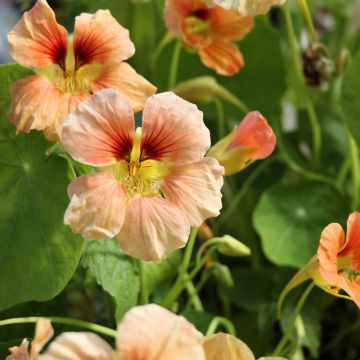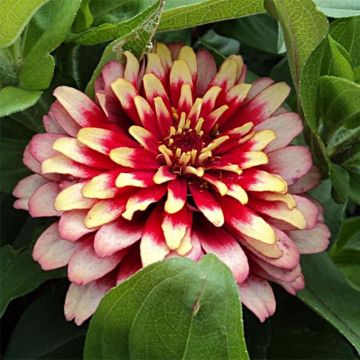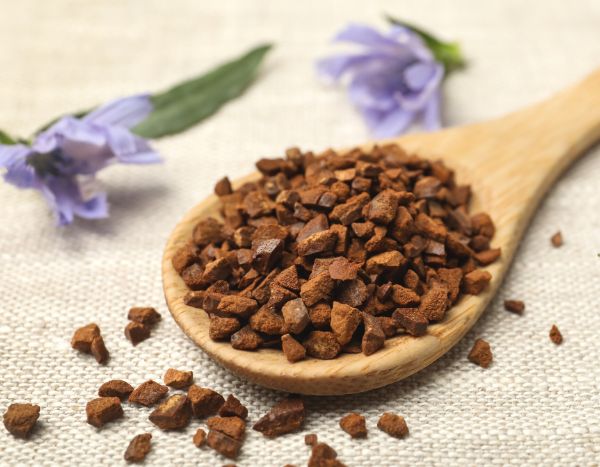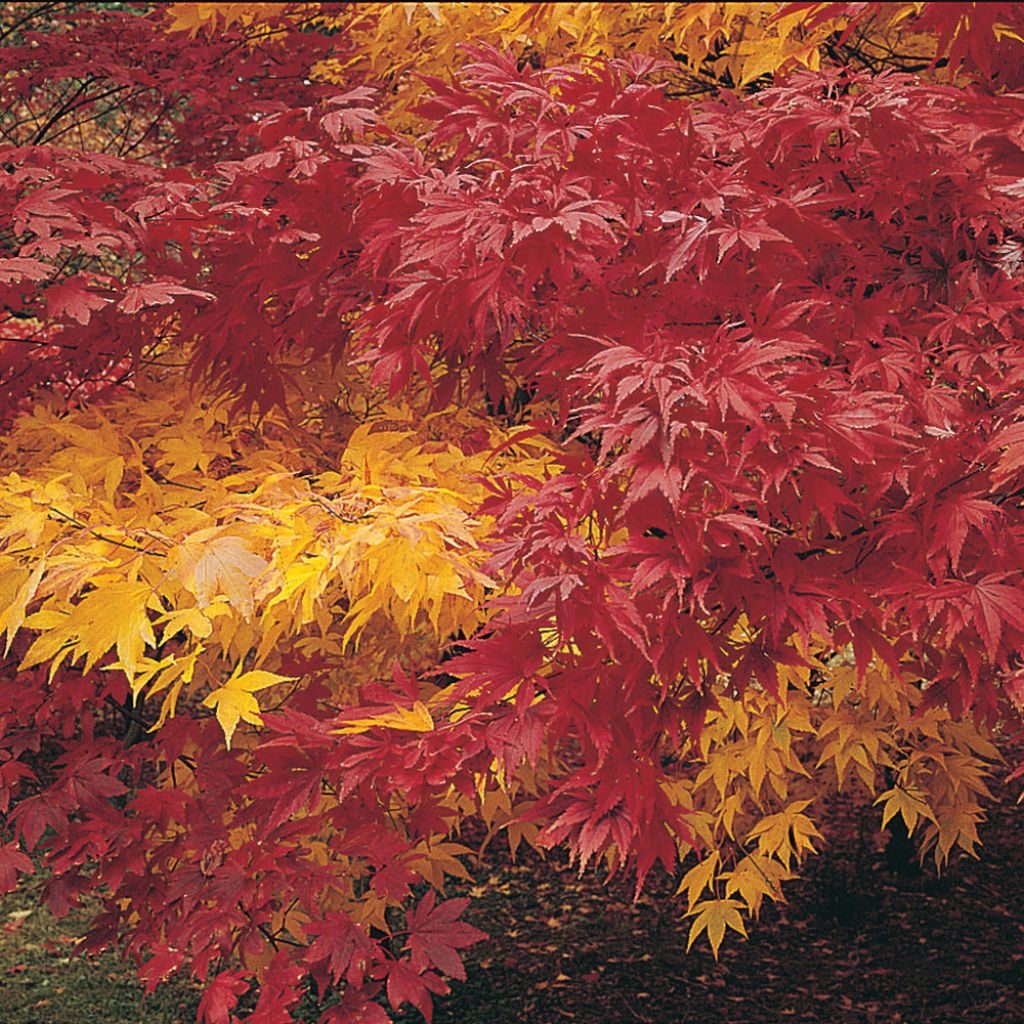

Acer Autumn Coloured Hybrids Mixed
Acer palmatum Autumn Coloured Hybrids Mixed - Japanese Maple
Acer x palmatum Autumn Coloured Hybrids Mixed
Japanese Maple, Smooth Japanese Maple
Extremely disappointed despite careful sowing, no seed has germinated. It is better to buy a pre-grown maple shoot.
Florence, 02/08/2018
Special offer!
Receive a €20 voucher for any order over €90 (excluding delivery costs, credit notes, and plastic-free options)!
1- Add your favorite plants to your cart.
2- Once you have reached €90, confirm your order (you can even choose the delivery date!).
3- As soon as your order is shipped, you will receive an email containing your voucher code, valid for 3 months (90 days).
Your voucher is unique and can only be used once, for any order with a minimum value of €20, excluding delivery costs.
Can be combined with other current offers, non-divisible and non-refundable.
Why not try an alternative variety in stock?
View all →This plant carries a 6 months recovery warranty
More information
We guarantee the quality of our plants for a full growing cycle, and will replace at our expense any plant that fails to recover under normal climatic and planting conditions.
Would this plant suit my garden?
Set up your Plantfit profile →
Description
This selection of Acer 'Autumn Coloured Hybrids Mixed', composed of hybrids from the palmate maple, is a real mix of surprises for curious gardeners. These small, twisted deciduous trees, symbols of wisdom and fervent passion, have an elegance unlike any other. The incomparable splendour of their autumn colouring, the texture and pattern of their leaves, all different, invites you to plant them without delay, in the garden or on the terrace. These maples can handle heat, but they need shade and protection from the wind that dries their foliage. They appreciate fresh, drained, humus-rich soils but do not tolerate limestone.
Originating from China, Korea and Japan, the Acer palmatum, also called smooth Japanese maple, is a small tree from the Sapindaceae family. It shows a compact, rounded habit, and low, strong, sinuate branches. Its adult size reaches about 3 to 4 m (9 ft 10 in to 13 ft 1 in) in height and spread, with fairly slow growth. The plants in the 'Autumn Coloured Mixed' selection are all derived from this species, which can take on very different aspects. Their delicate fern-like foliage, composed of leaves cut into five to seven dentate lobes, or of 7 and 11 lobes more or less dentate, evolves over the seasons. It is adorned with bronze green, or tender green, dark purple, gold yellow, scarlet and bright orange, from spring to autumn. The same branch can bear leaves of very varied shades and depending on the angle of view, the overall shade will change. Winter reveals their branches covered in a dark, almost black bark. These trees are monoecious, meaning that each individual has male and female flowers in different places. The winged fruits of the palmate maple are called samaras.
The venerable and graceful habit of the Japanese maple and its slow growth invite it to be chosen to brighten up a small urban garden, or the short grass meadow of a contemporary garden. It is a quintessential small tree for oriental and Japanese-inspired scenes, and the ideal candidate to try the art of bonsai. You can pair the small plants with Japanese azaleas and ferns, they like the same conditions. It is one of the best companions you can find for rhododendrons, which softens the somewhat chunky aspect and perfectly highlights the flowering. Place larger subjects in the background of ericaceous beds. Its light shade will be beneficial to pieris, azaleas and rhododendrons. At its base, plant a carpet of wood hyacinths and corydalis, creating a magnificent scene in spring.
Flowering
Foliage
Plant habit
Botanical data
Acer
x palmatum
Autumn Coloured Hybrids Mixed
Sapindaceae
Japanese Maple, Smooth Japanese Maple
Cultivar or hybrid
Other Thompson and Morgan seeds
View all →Planting and care
You can sow palmate maple seeds at any time of the year. Sow seeds in trays or pots in spring with special sowing compost. Place the trays in a propagator or a warm place to maintain an optimal temperature of 18 to 20°C (64.4 to 68°F). Push the seeds 6 mm (0.2 in) deep into the soil and cover them lightly.
For the rest of the year, enclose the pots and trays inside a polythene bag to ensure a humid atmosphere. Keep the temperature between 20-25°C (68-77°F) for 6 weeks. After that, place the sowings in the refrigerator for 8 weeks. Then, gradually increase the temperature to 13°C (55.4°F).
When the young plants are large enough to be handled, transplant them into 8 cm (3.1 in) diameter pots. Place them under a cold frame and put them outside in the spring or the following autumn in a sheltered area of the garden. Allow them to develop for 1 to 3 years before transplanting them to their final location in a slightly shaded place, sheltered from strong winds, in fresh, well-drained, lime-free soil.
Sowing period
Intended location
Planting & care advice
-
, onOrder confirmed
Reply from on Promesse de fleurs
Haven't found what you were looking for?
Hardiness is the lowest winter temperature a plant can endure without suffering serious damage or even dying. However, hardiness is affected by location (a sheltered area, such as a patio), protection (winter cover) and soil type (hardiness is improved by well-drained soil).

Photo Sharing Terms & Conditions
In order to encourage gardeners to interact and share their experiences, Promesse de fleurs offers various media enabling content to be uploaded onto its Site - in particular via the ‘Photo sharing’ module.
The User agrees to refrain from:
- Posting any content that is illegal, prejudicial, insulting, racist, inciteful to hatred, revisionist, contrary to public decency, that infringes on privacy or on the privacy rights of third parties, in particular the publicity rights of persons and goods, intellectual property rights, or the right to privacy.
- Submitting content on behalf of a third party;
- Impersonate the identity of a third party and/or publish any personal information about a third party;
In general, the User undertakes to refrain from any unethical behaviour.
All Content (in particular text, comments, files, images, photos, videos, creative works, etc.), which may be subject to property or intellectual property rights, image or other private rights, shall remain the property of the User, subject to the limited rights granted by the terms of the licence granted by Promesse de fleurs as stated below. Users are at liberty to publish or not to publish such Content on the Site, notably via the ‘Photo Sharing’ facility, and accept that this Content shall be made public and freely accessible, notably on the Internet.
Users further acknowledge, undertake to have ,and guarantee that they hold all necessary rights and permissions to publish such material on the Site, in particular with regard to the legislation in force pertaining to any privacy, property, intellectual property, image, or contractual rights, or rights of any other nature. By publishing such Content on the Site, Users acknowledge accepting full liability as publishers of the Content within the meaning of the law, and grant Promesse de fleurs, free of charge, an inclusive, worldwide licence for the said Content for the entire duration of its publication, including all reproduction, representation, up/downloading, displaying, performing, transmission, and storage rights.
Users also grant permission for their name to be linked to the Content and accept that this link may not always be made available.
By engaging in posting material, Users consent to their Content becoming automatically accessible on the Internet, in particular on other sites and/or blogs and/or web pages of the Promesse de fleurs site, including in particular social pages and the Promesse de fleurs catalogue.
Users may secure the removal of entrusted content free of charge by issuing a simple request via our contact form.
The flowering period indicated on our website applies to countries and regions located in USDA zone 8 (France, the United Kingdom, Ireland, the Netherlands, etc.)
It will vary according to where you live:
- In zones 9 to 10 (Italy, Spain, Greece, etc.), flowering will occur about 2 to 4 weeks earlier.
- In zones 6 to 7 (Germany, Poland, Slovenia, and lower mountainous regions), flowering will be delayed by 2 to 3 weeks.
- In zone 5 (Central Europe, Scandinavia), blooming will be delayed by 3 to 5 weeks.
In temperate climates, pruning of spring-flowering shrubs (forsythia, spireas, etc.) should be done just after flowering.
Pruning of summer-flowering shrubs (Indian Lilac, Perovskia, etc.) can be done in winter or spring.
In cold regions as well as with frost-sensitive plants, avoid pruning too early when severe frosts may still occur.
The planting period indicated on our website applies to countries and regions located in USDA zone 8 (France, United Kingdom, Ireland, Netherlands).
It will vary according to where you live:
- In Mediterranean zones (Marseille, Madrid, Milan, etc.), autumn and winter are the best planting periods.
- In continental zones (Strasbourg, Munich, Vienna, etc.), delay planting by 2 to 3 weeks in spring and bring it forward by 2 to 4 weeks in autumn.
- In mountainous regions (the Alps, Pyrenees, Carpathians, etc.), it is best to plant in late spring (May-June) or late summer (August-September).
The harvesting period indicated on our website applies to countries and regions in USDA zone 8 (France, England, Ireland, the Netherlands).
In colder areas (Scandinavia, Poland, Austria...) fruit and vegetable harvests are likely to be delayed by 3-4 weeks.
In warmer areas (Italy, Spain, Greece, etc.), harvesting will probably take place earlier, depending on weather conditions.
The sowing periods indicated on our website apply to countries and regions within USDA Zone 8 (France, UK, Ireland, Netherlands).
In colder areas (Scandinavia, Poland, Austria...), delay any outdoor sowing by 3-4 weeks, or sow under glass.
In warmer climes (Italy, Spain, Greece, etc.), bring outdoor sowing forward by a few weeks.































